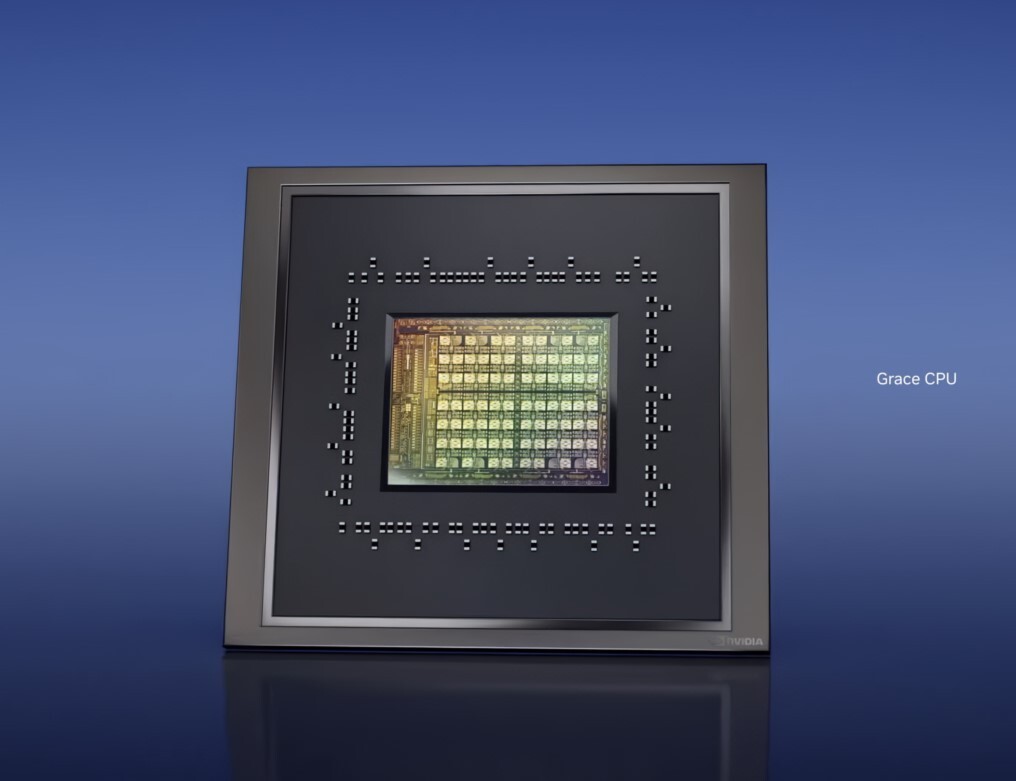Last week, it was confirmed by top executives at Dell and NVIDIA that NVIDIA is developing a client PC processor for the Windows on Arm (WoA) AI PC ecosystem, which currently only has one player, Qualcomm. Michael Dell suggested that this NVIDIA AI PC processor will be available in 2025. Since then, there has been much speculation about the different IP blocks that NVIDIA could utilize in creating this chip, with the main areas of discussion being the CPU cores and the process node.
With NVIDIA aiming for a 2025 release of its AI PC processor, the company may opt to use reference Arm IP CPU cores, such as the Arm Cortex X5 "Blackhawk," instead of developing its own CPU cores on the Arm machine architecture, unlike Apple. Depending on the reception of its chips in the market, NVIDIA could potentially develop its own cores in the future. Additionally, the company may choose to utilize the most advanced 3 nm-class foundry node available in 2025 for its chip, such as the TSMC N3P, which is also being used by Apple and Qualcomm for their notebook chips.
There is also speculation that NVIDIA's AI PC processor could feature an integrated iGPU based on the "Blackwell" graphics architecture, providing top-notch graphics acceleration capabilities for DirectX 12 Ultimate and Vulkan. As for AI acceleration, it is predicted that the iGPU with tensor cores could serve as the AI coprocessor, allowing NVIDIA to expose the GPU as an NPU virtual device to Windows and utilize translation layers to TensorRT. With Microsoft's requirement for an NPU capable of accelerating a local session of Copilot+ being just 45 AI TOPS, this should be achievable for NVIDIA.
Furthermore, in 2025, LPDDR6 is expected to become mainstream for mobile applications like smartphones, tablets, and ultraportable PCs. It is likely that NVIDIA will incorporate this memory standard into its AI PC processor.
